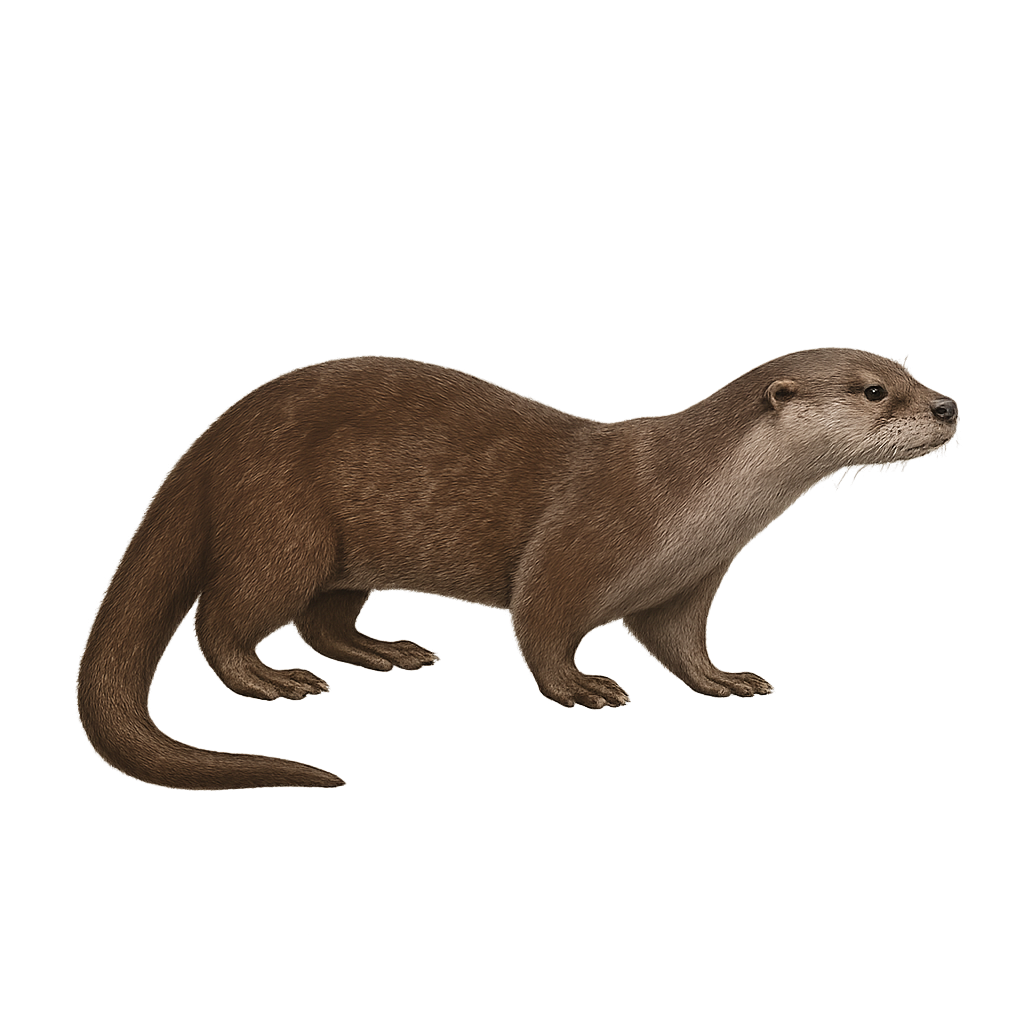Your wildlife photography guide.
Explore the neotropical otter in detail, study its behavior, prepare your shots.
Where to observe and photograph the neotropical otter in the wild
Learn where and when to spot the neotropical otter in the wild, how to identify the species based on distinctive features, and what natural environments it inhabits. The WildlifePhotographer app offers tailored photography tips that reflect the neotropical otter’s behavior, helping you capture better wildlife images. Explore the full species profile for key information including description, habitat, active periods, and approach techniques.
Neotropical Otter
Scientific name: Lontra longicaudis

IUCN Status: Near Threatened
Family: MUSTELIDAE
Group: Mammals
Sensitivity to human approach: Suspicious
Minimum approach distance: 10 m
Rut period: June to August
Gestation: 60-70 jours
Births: August to October
Habitat:
Rivers, lakes, marshes
Activity period :
Mainly active at night, generally discreet during the day.
Identification and description:
The Neotropical Otter, or Lontra longicaudis, is a semi-aquatic mammal found primarily in the rivers and lakes of Central and South America. It is recognizable by its sleek body, dense waterproof fur, and long muscular tail. Measuring between 90 and 150 cm, it typically weighs from 5 to 15 kg. This species is known for its playful and curious behavior, often seen sliding down banks or diving in search of fish, crustaceans, and other small aquatic animals. Although mainly solitary, it can sometimes be seen in small family groups. The Neotropical Otter is an important indicator of aquatic ecosystem health, as it requires clean waters rich in prey.
Recommended lens:
400 mm – adjust based on distance, desired framing (portrait or habitat), and approach conditions.
Photography tips:
To photograph the Neotropical Otter, it is advisable to use a telephoto lens of at least 400mm to capture detailed images from a distance without disturbing the animal. Look for quiet spots along rivers or lakes early in the morning or late afternoon when the light is soft and otter activity is at its peak. Be patient and discreet, wearing neutral-colored clothing to blend better with the environment.
The WildlifePhotographer App is coming soon!
Be the first to explore the best nature spots, track rutting seasons, log your observations, and observe more wildlife.
Already 1 432 wildlife lovers subscribed worldwide

